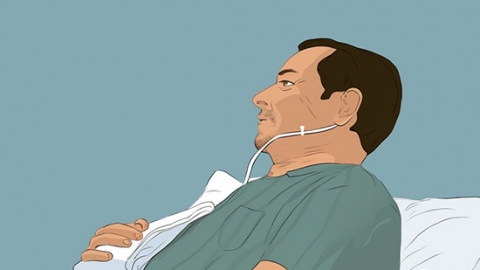How is minimally invasive surgery for cholecystitis performed?
Minimally invasive surgery for cholecystitis is primarily performed through the following steps: establishing a pneumoperitoneum, inserting instruments, exploring the gallbladder, dissecting and removing the gallbladder, and hemostasis with suturing. This procedure involves minimal surgical trauma and allows for rapid recovery, but must be conducted by a professional medical team. If persistent severe pain in the upper right abdomen, fever, chills, or similar symptoms occur, immediate medical attention is recommended.
1. Establishing Pneumoperitoneum: After general anesthesia, the surgeon makes small incisions in the abdomen and introduces carbon dioxide gas into the abdominal cavity to create a pneumoperitoneum. This expands the abdominal cavity, providing sufficient space for surgical manipulation and enabling clear visualization of internal structures.
2. Inserting Instruments: Through small incisions at different locations on the abdomen, a laparoscope (equipped with a camera) and specialized surgical instruments are inserted. The laparoscope transmits real-time images of the abdominal cavity to a monitor, allowing the surgeon to view and guide the procedure.

3. Exploring the Gallbladder: Using the laparoscope, the surgeon assesses the severity of gallbladder inflammation, evaluates adhesions between the gallbladder and surrounding tissues, and identifies the positions of the cystic artery and bile ducts to avoid damaging critical blood vessels and organs during surgery.
4. Dissecting and Removing the Gallbladder: Surgical instruments are used to separate the gallbladder from surrounding tissues. The cystic artery and cystic duct are clipped and cut, after which the gallbladder is detached from the liver bed and removed from the body through one of the incisions.
5. Hemostasis and Suturing: After removal of the gallbladder, the surgeon carefully checks the surgical area for any bleeding. Once hemostasis is confirmed and no abnormalities are found, the gas within the abdominal cavity is evacuated, and the small abdominal incisions are sutured, completing the procedure.
After surgery, patients should gradually resume their diet as directed by their physician—starting with liquid foods before transitioning back to a normal diet—and avoid greasy foods. Early postoperative ambulation is encouraged to promote gastrointestinal recovery. Wound sites should be kept clean to prevent infection.






